Mutina celebrates its collaboration with Barber Osgerby
Mutina presents ‘The Magic of Colour’, an exhibition featuring three new projects by long-term collaborators Barber Osgerby

Mutina celebrated ten years of collaboration with London studio Barber Osgerby (recently interviewed by Wallpaper* about their work with Giulio Cappellini) with a new collection presented on the occasion of international ceramic fair Cersaie.
The ceramics-focused Italian brand unveiled three new projects at Spazio Mutina, its Modena HQ designed by Patricia Urquiola, presented through an evocative exhibition titled 'The Magic of Colour'. They include a new edition of the historic ‘Mews’ collection (designed exactly ten years ago by Barber Osgerby), now enhanced with three new colours, a new surface collection called ‘Time’, and a brand new edition called ‘Rivington Tables’.
Mutina and Barber Osgerby: a decade of creative collaboration
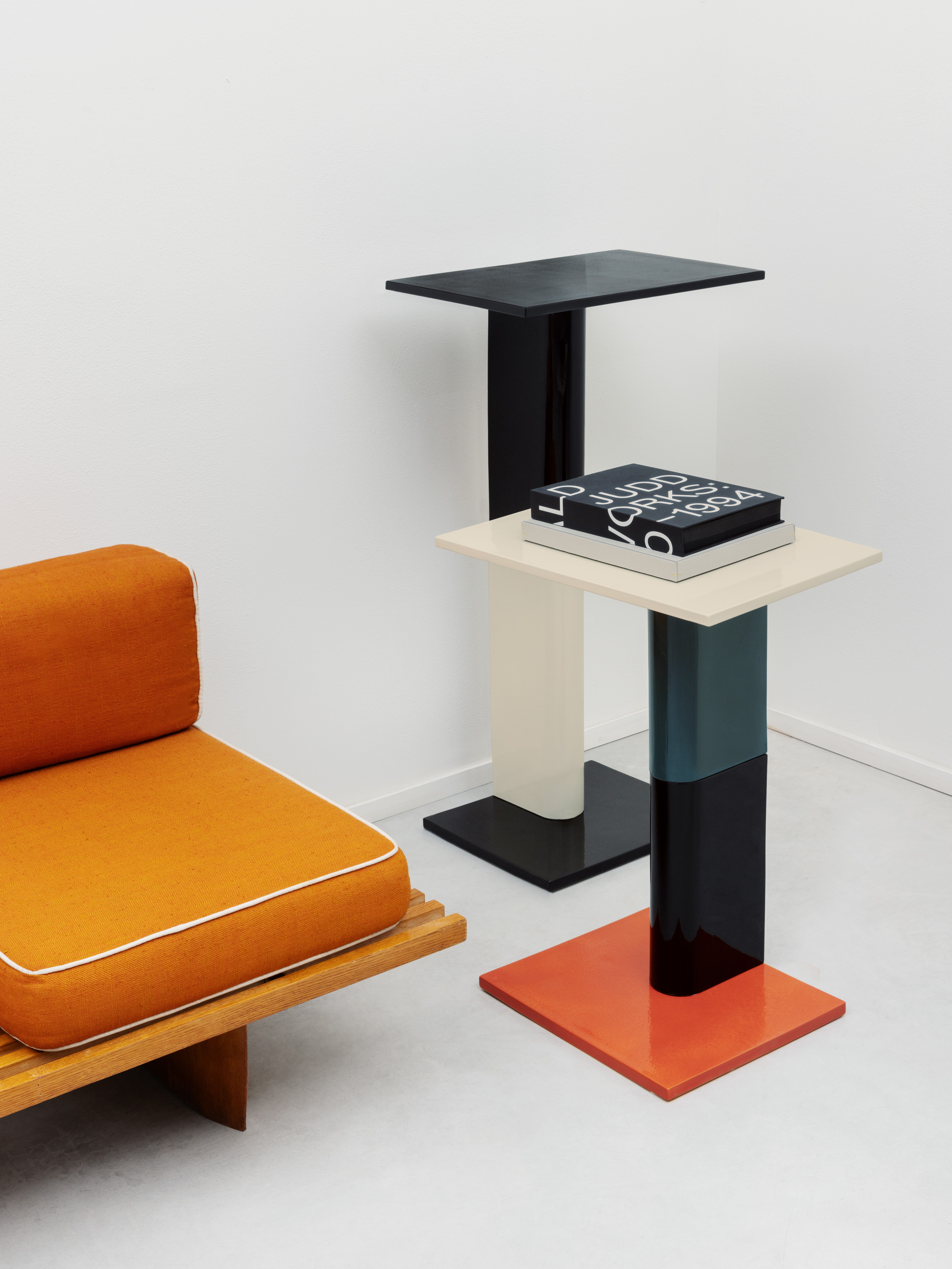
‘Rivington Tables’
'We’ve collaborated with Jay [Osgerby] and Edward [Barber] for over a decade,' says Mutina CEO Massimo Orsini. 'We've established a beautiful energy between us, full of countless funny anecdotes, laughter, and, of course, the collections we've created together that bind us.'
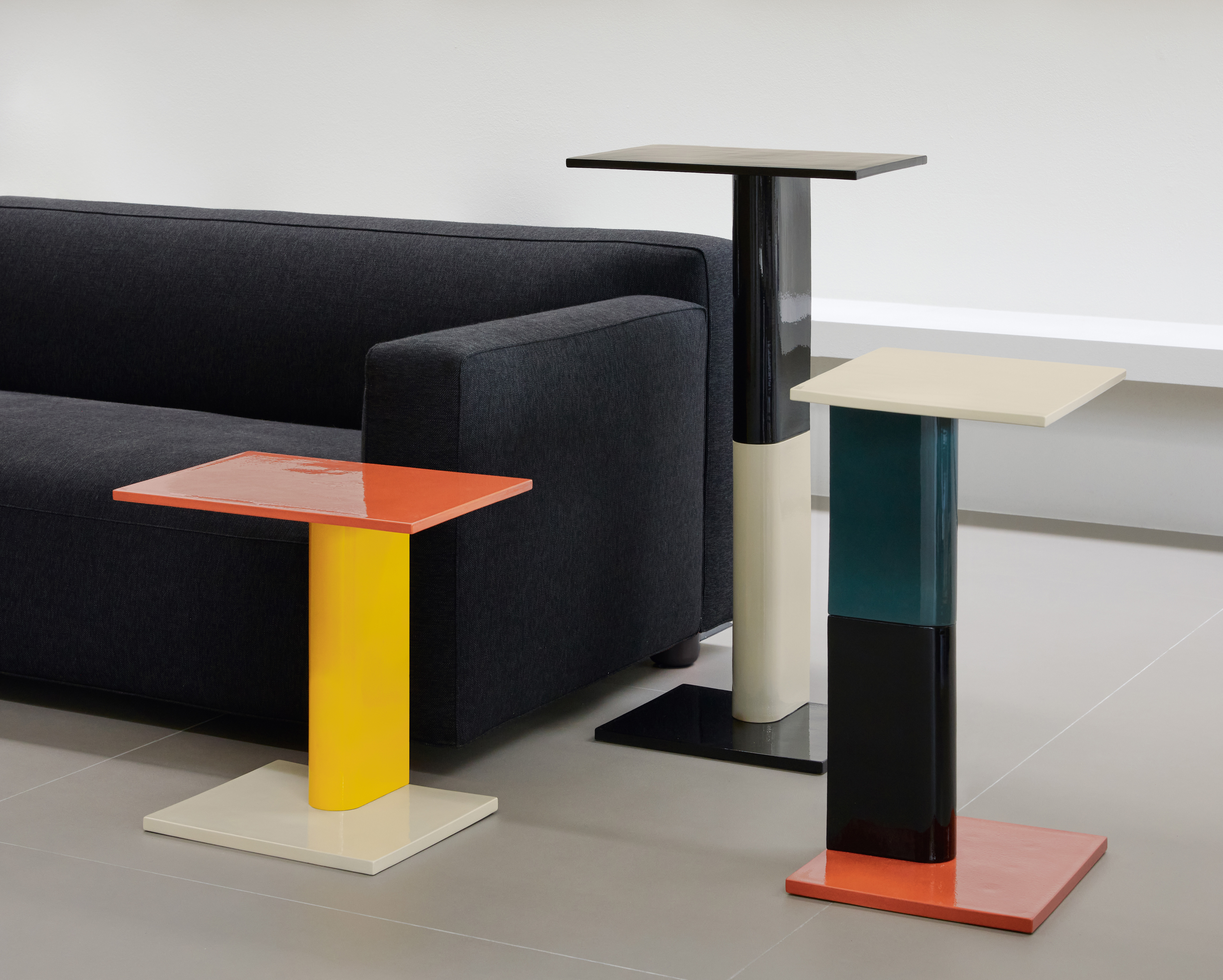
‘Rivington Tables’
The ‘Rivington Tables’ edition takes its name from the now closed Rivington Bar & Grill Restaurant, close to the Barber Osgerby studio and a regular meeting spot for them and the Mutina team over the years. The collection includes small tables of various sizes, ranging from wall-installation to freestanding tables of different heights. The interplay of shapes and colours results in five distinct combinations, giving them an exuberant and playful appearance. In this way, they celebrate the infinite expressive potential of ceramics, created by master potters using the casting technique and adorned with colourful glazes.

‘Time’ tiles
The mark of this long friendship is ‘Time’, which suggests the slow erosion of water and wind on surfaces all over the world, shaping landscape patterns. It is a collection of three modules of varying sizes constructed of porcelain stoneware in eight different colours, with each hue available in two textures: rough and smooth. The smooth has a silky, matte finish with subtle colour nuances suggestive of cement tiles. The rough option, on the other hand, introduces a new textured, tactile, and slightly structured surface: as a ying and a yang, the two have been designed to complement one another.

'“Time” is a collection that also reflects on the passage of time and how time acts on matter, transforming it,' adds Orsini. Aside from the potential to alternate the different sizes to create new layouts, the pieces enable you to experiment with the palette's eight hues, which are influenced by geology, geography, landscape, and place: as an ode to natural, wild surfaces, they are named Etna Black, Dakota Grey, Dover White, Salta Red, Highland Green, Virginia Blue, Sahara Sand, and Atlas Brown.

The 'Magic of Colour' is a theme that is central to the new edition of the ‘Mews’, building on the 2014 collection of tiles. As it maintains its reference to the peculiar aesthetic of narrow alleys in London’s historic centre, it has been enriched with three new colours (Green, Light Blue, and Pink, available in all collection formats), in addition to the existing Chalk, Fog, Pigeon, Lead, Ink, and Soot.
Receive our daily digest of inspiration, escapism and design stories from around the world direct to your inbox.
Concludes Orsini: 'With each project and collection, Mutina strives to enhance the ceramic material, proposing collections that go beyond the concept of fashion and therefore time.'
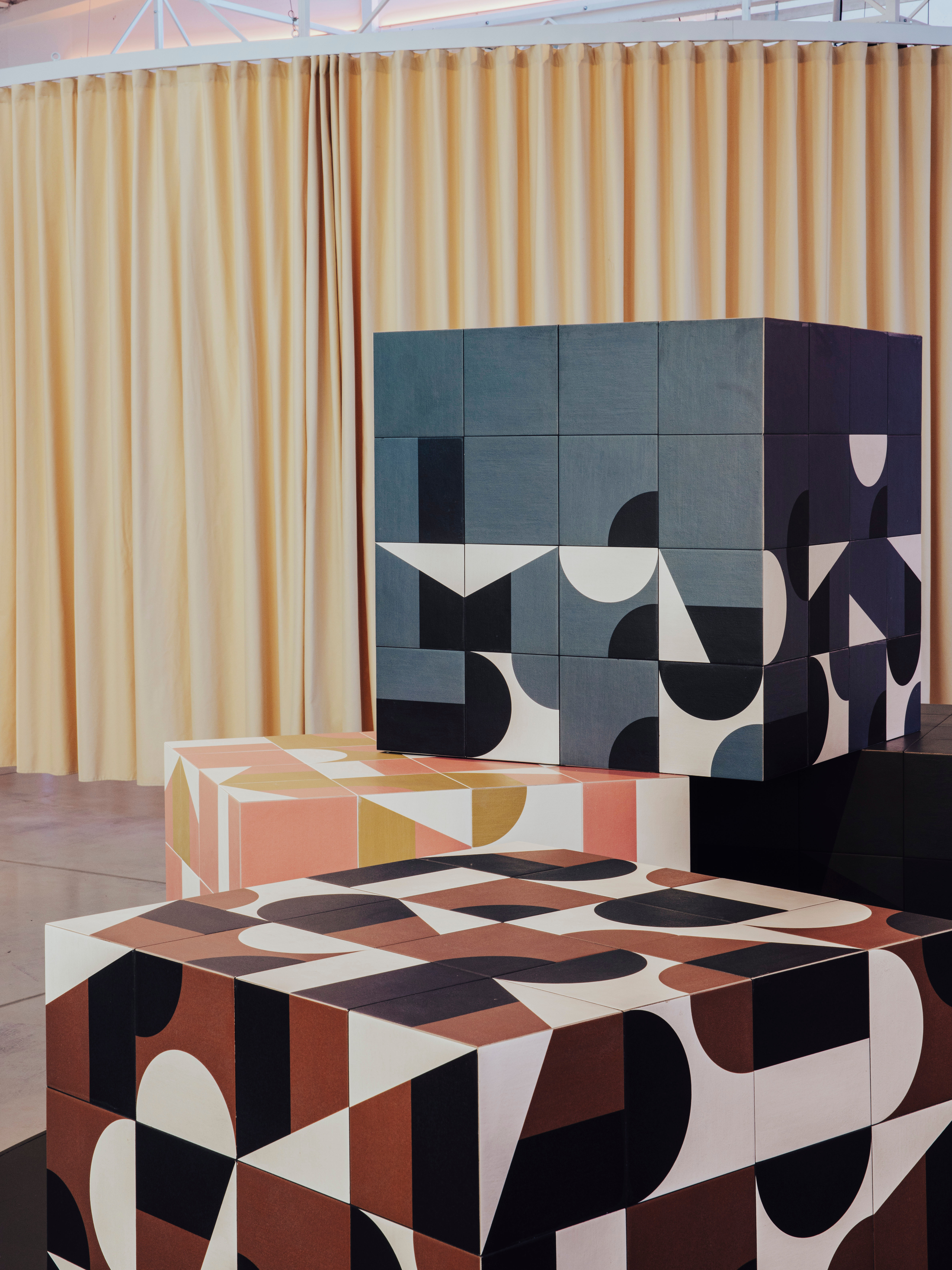
Puzzle tiles
Cristina Kiran Piotti is an Italian-Indian freelance journalist. After completing her studies in journalism in Milan, she pursued a master's degree in the economic relations between Italy and India at the Ca' Foscari Challenge School in Venice. She splits her time between Milan and Mumbai and, since 2008, she has concentrated her work mostly on design, current affairs, and culture stories, often drawing on her enduring passion for geopolitics. She writes for several publications in both English and Italian, and she is a consultant for communication firms and publishing houses.
-
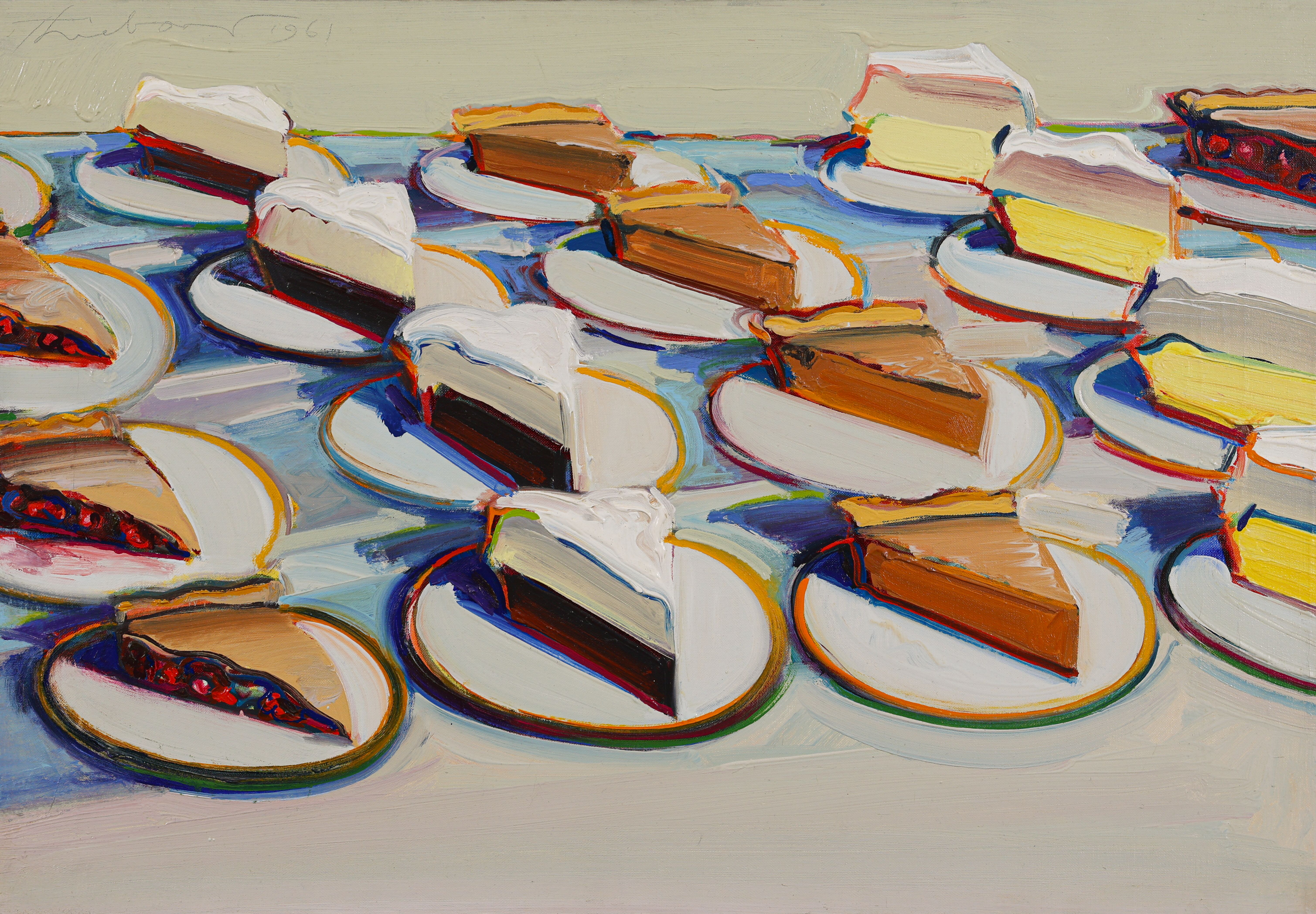 Why are Wayne Thiebaud’s paintings at the Courtauld quite so tempting?
Why are Wayne Thiebaud’s paintings at the Courtauld quite so tempting?The American artist’s thickly painted slices of cake at the Courtauld are some of our favourite artworks seen this year. What makes them so special?
-
 Taiwan’s new ‘museumbrary’ is a paradigm-shifting, cube-shaped cultural hub
Taiwan’s new ‘museumbrary’ is a paradigm-shifting, cube-shaped cultural hubPart museum, part library, the SANAA-designed Taichung Green Museumbrary contains a world of sweeping curves and flowing possibilities, immersed in a natural setting
-
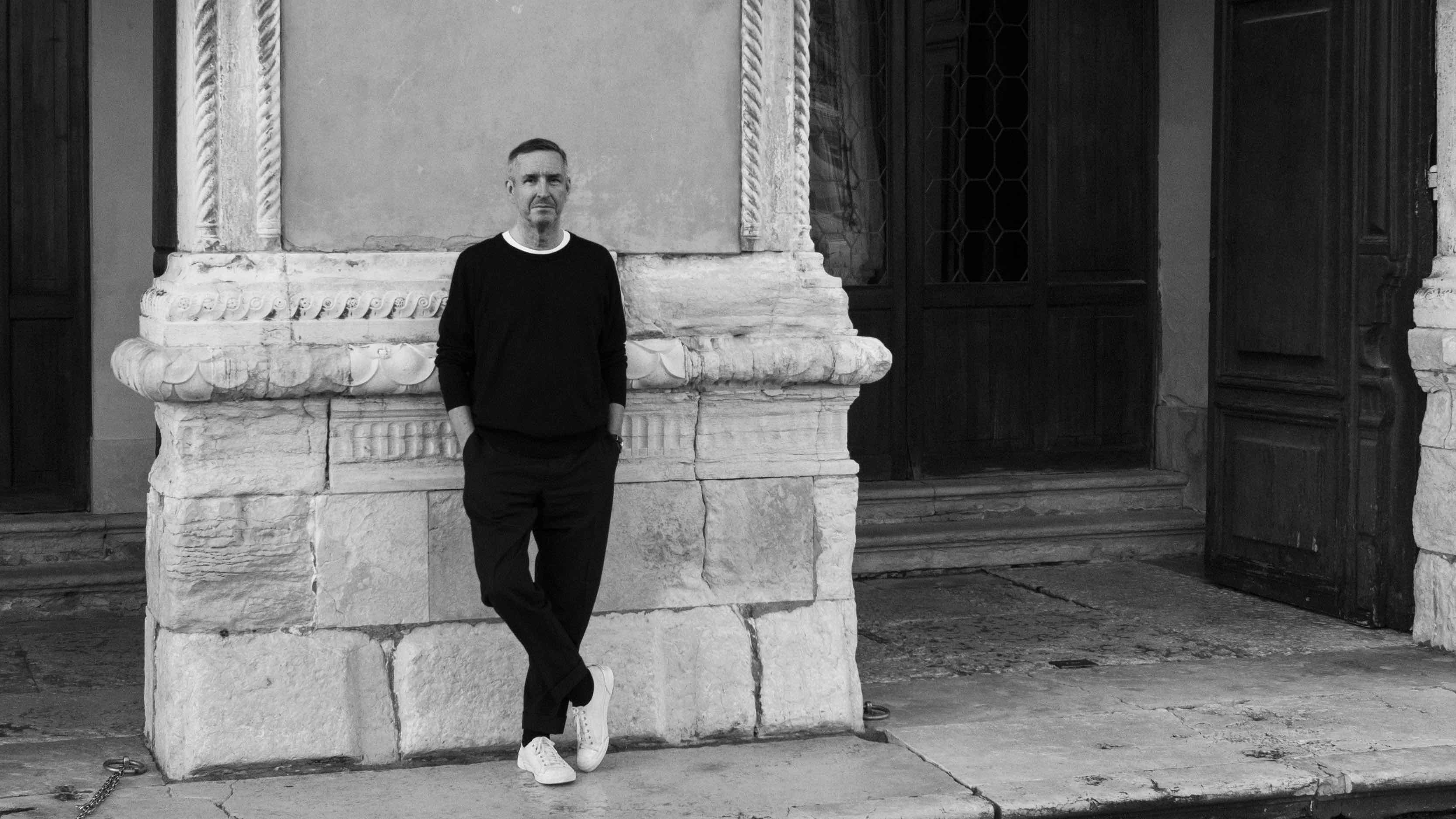 Dries van Noten on why he's building a new home for craft in Venice
Dries van Noten on why he's building a new home for craft in VeniceA year after departing the runway, Dries van Noten unveils his next chapter: the Fondazione Dries Van Noten, a newly announced cultural initiative in Venice celebrating craft in all its forms. Wallpaper meets the designer to find out why he’s not ready to retire.
-
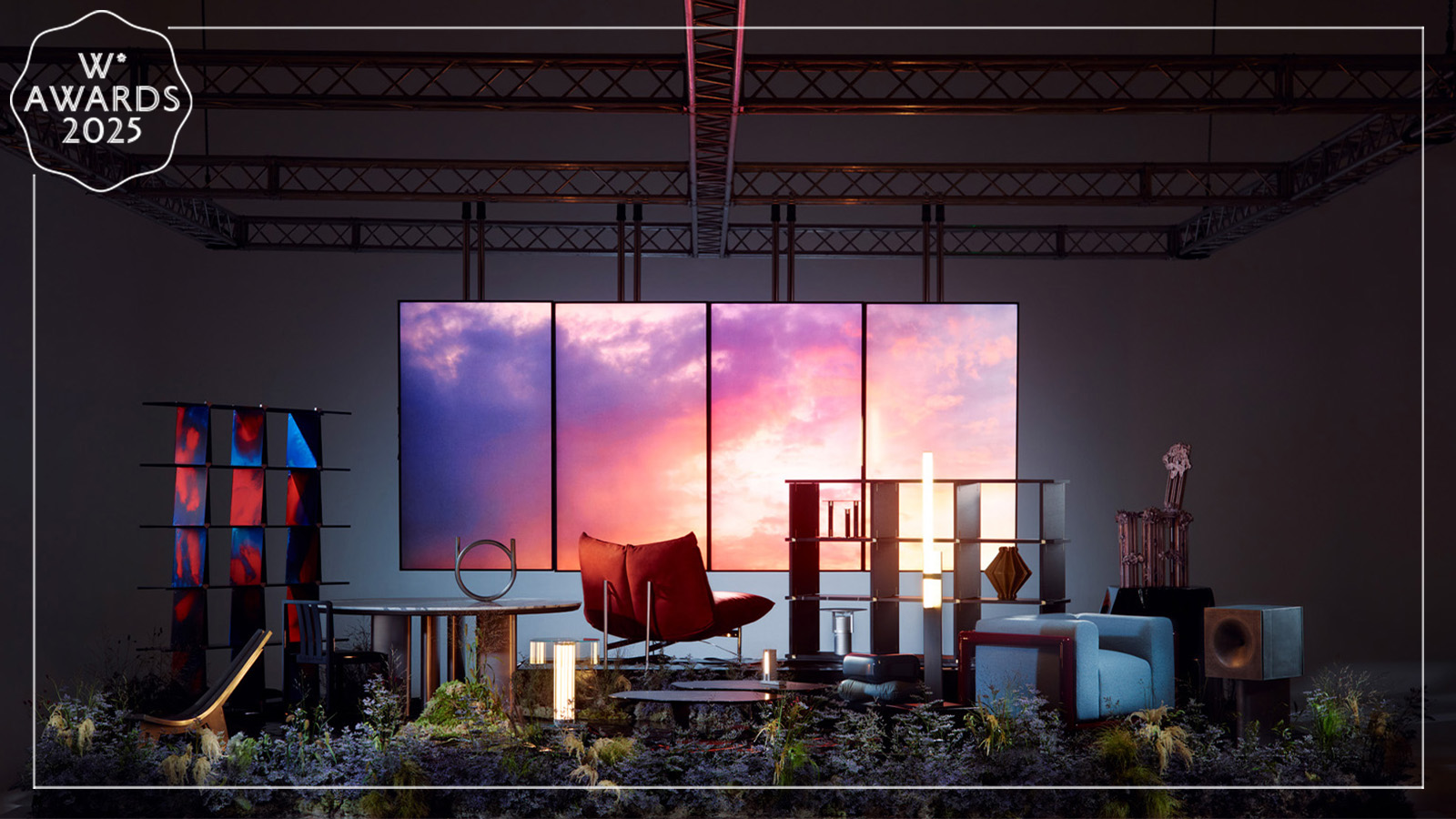 Wallpaper* Design Awards 2025: the best furniture and design objects for 2025
Wallpaper* Design Awards 2025: the best furniture and design objects for 2025The Wallpaper* Design Awards 2025 present the best new furniture and interior accessories, while global design director Hugo Macdonald and head of interiors Olly Mason reveal what makes a winner
-
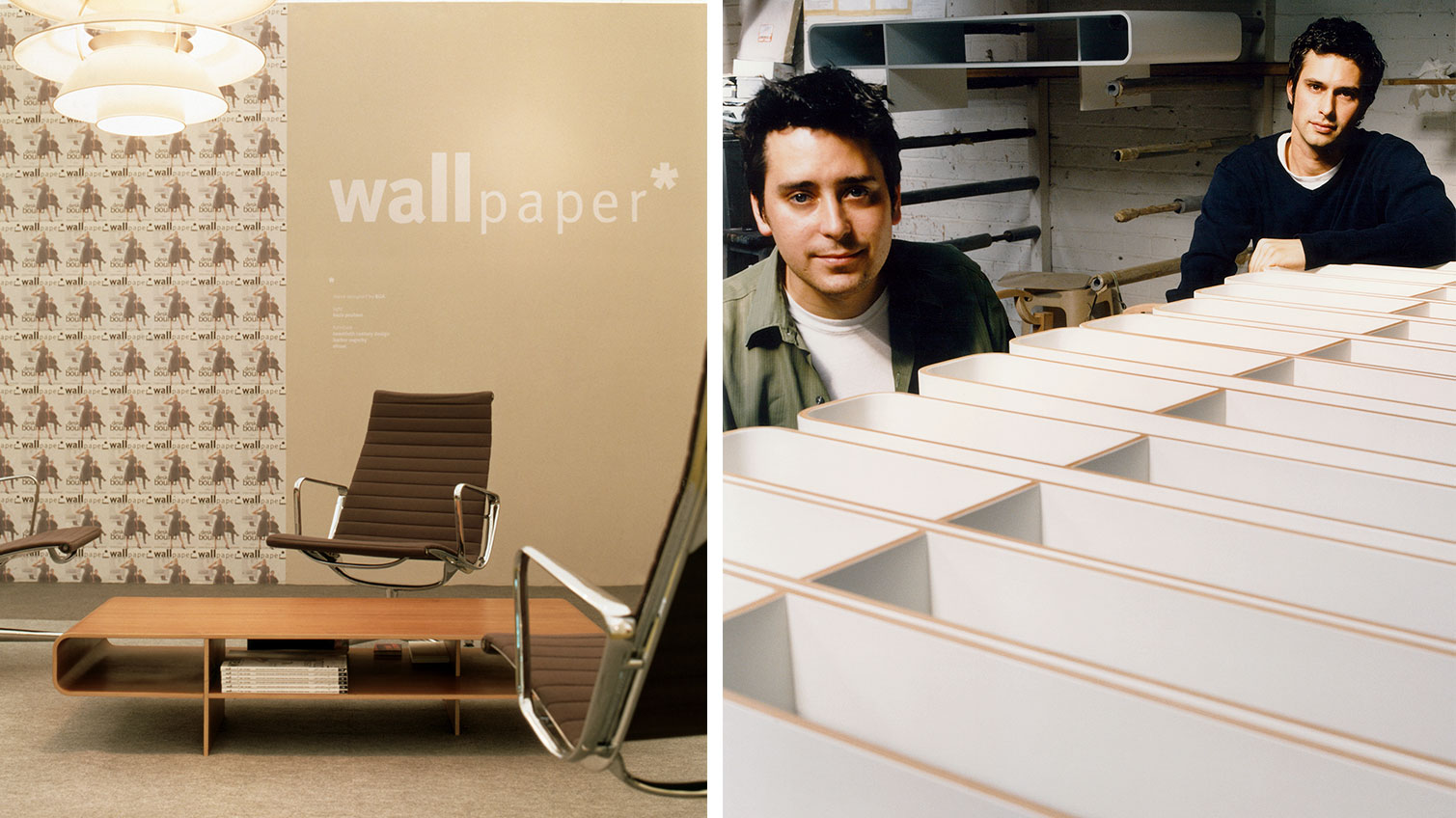 When Barber Osgerby met Giulio Cappellini
When Barber Osgerby met Giulio CappelliniEdward Barber and Jay Osgerby tell Wallpaper* about working with design visionary Giulio Cappellini, Guest Editor of our October 2023 issue
-
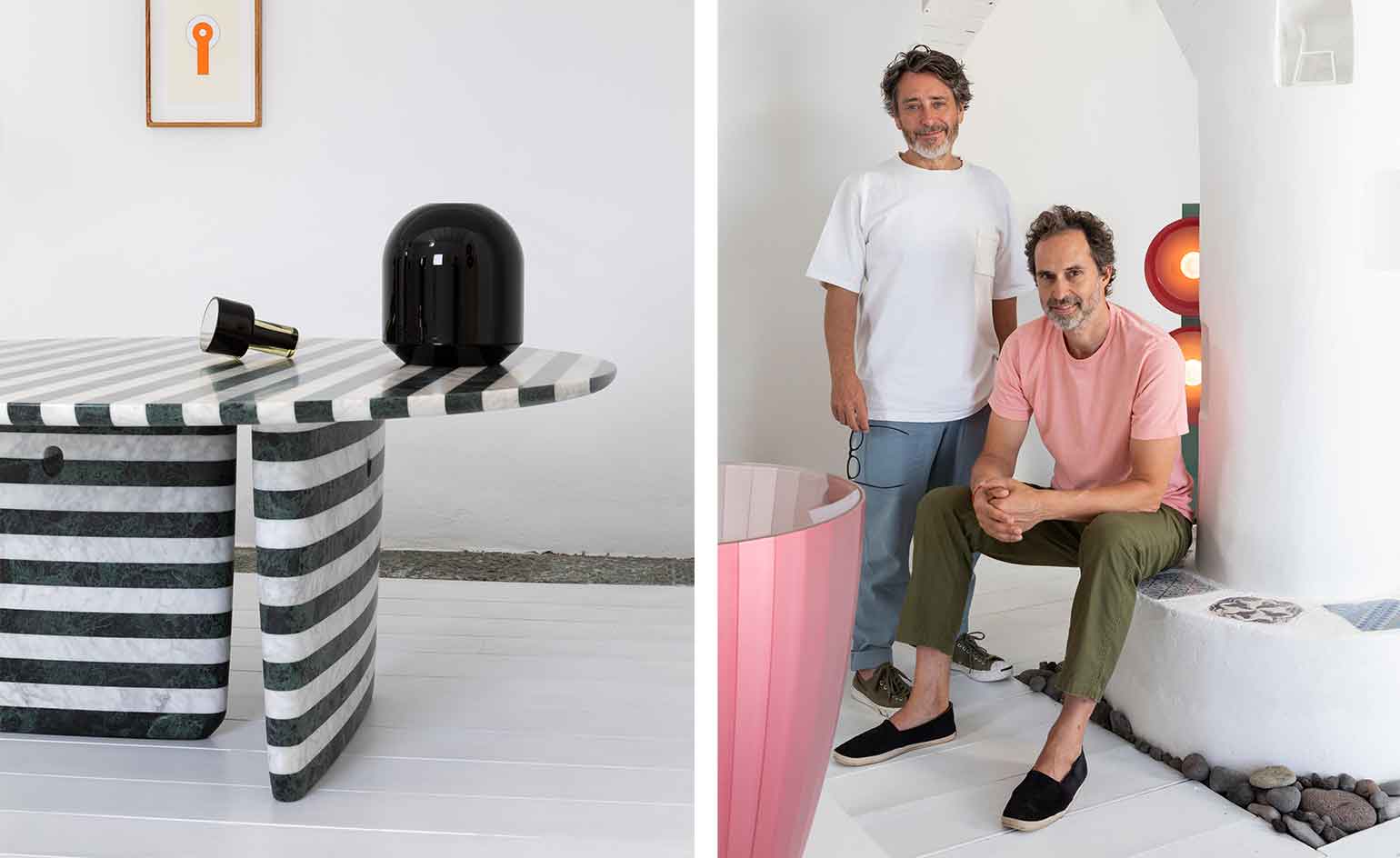 Filicudi gallery hosts exhibition of Barber Osgerby’s designs
Filicudi gallery hosts exhibition of Barber Osgerby’s designsThe tiny Italian island of Filicudi hosts an exhibition of new and archival works by Barber Osgerby, including the studio's first collaboration with a weaver
-
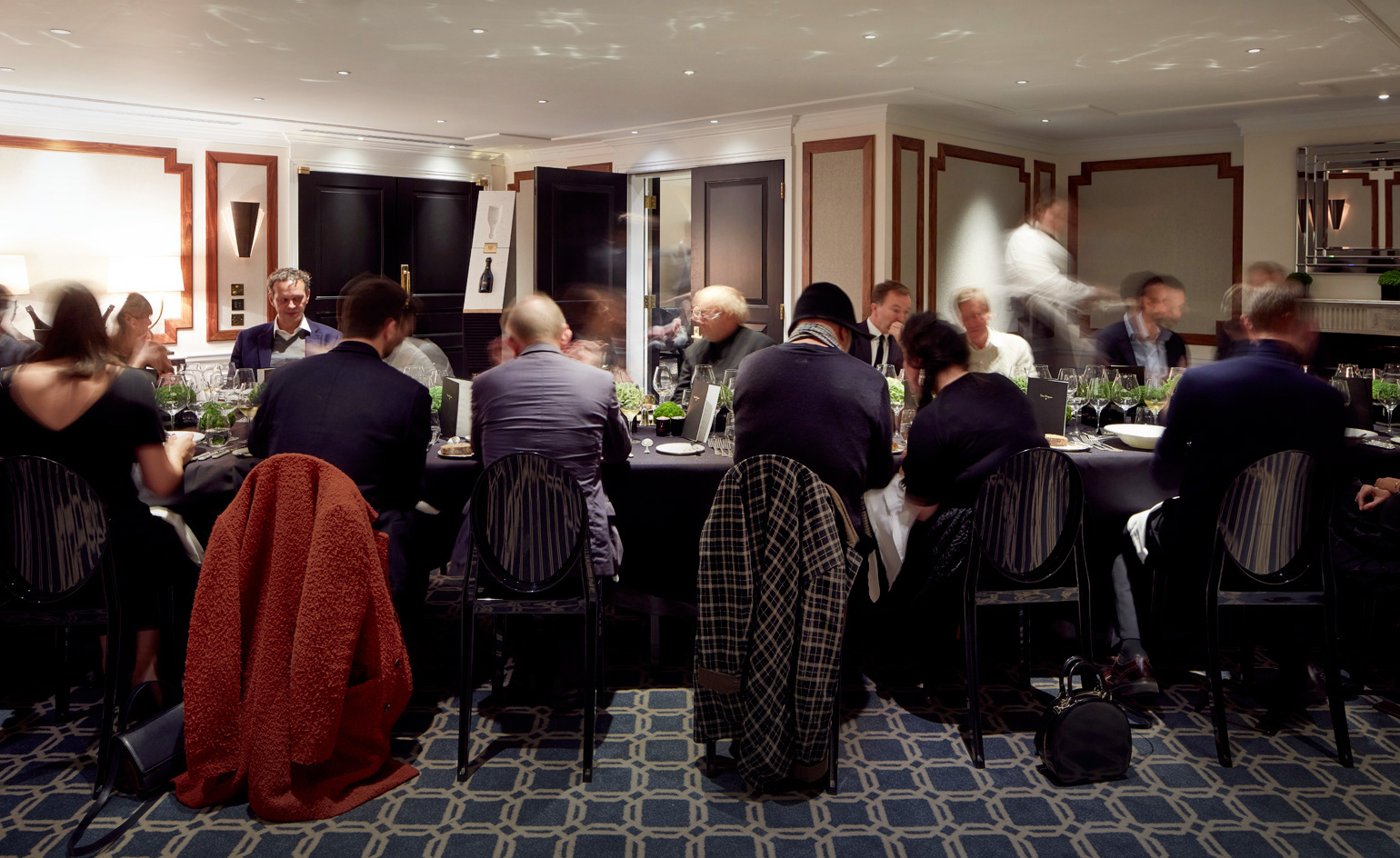 Editor-in-Chief Tony Chambers recalls 1996, a very good year for champagne and creativity
Editor-in-Chief Tony Chambers recalls 1996, a very good year for champagne and creativity -
 Wallpaper* Power 200: the world’s top design names and influencers
Wallpaper* Power 200: the world’s top design names and influencersIt’s back with a double helping of provocation and praise. We have plumped up this year’s Power List to a meaty two-ton’s worth of carefully measured rankings, an upscaled calibration of design achievement. As we strongly suspected, last year’s Power 100 caused a considerable stir and provoked strong words. And, as last month’s editor’s letter made clear, even alarming threats of revenge and recrimination. So this year, unchastened, we thought we would do it all again, but double the dose. To mark our 200th issue, the power 100 has become 200. Or rather 100+100 (normal disservice will be resumed next year). And, in a self-congratulatory nod to our keen eye for talent and perhaps the propulsive effect we have had on nascent design careers, we have trawled the Wallpaper* archives, retraced our expert truffling and recovered the debut appearances of future Power Listers. (Look out for long-lost hair, unlined faces and eyes undimmed).